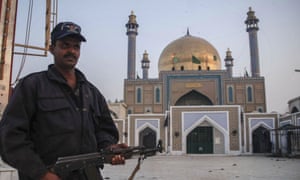Friedman's Weekly
By George Friedman
Over the past week, American officials have attended meetings of NATO and the Munich Security Conference. The topic has been the future of NATO, with the United States demanding once more that the Europeans carry out their obligation to maintain effective military forces in order to participate in the NATO military alliance. At the same time, many European countries raised the question of whether the United States is committed to NATO. The Europeans are charging that that Americans may have military force but lack political commitment to Europe. The Americans are charging that the Europeans may be politically committed to NATO but lack the military force to give meaning to their commitment.
The real issue is that NATO has achieved its original mission, and no agreement exists on what its mission is now. NATO’s original mission was to block a Soviet invasion of Western Europe. That was achieved in 1991 when the Soviet Union collapsed. Having achieved the mission, NATO could have dissolved, but the problem with multinational institutions is that they take on a life of their own, independent of the reason they were created. Disbanding NATO because it had achieved its goal was never an option. So it continued to exist, holding conferences, maintaining planning staff and acting as if there was political agreement on what it was supposed to do.






